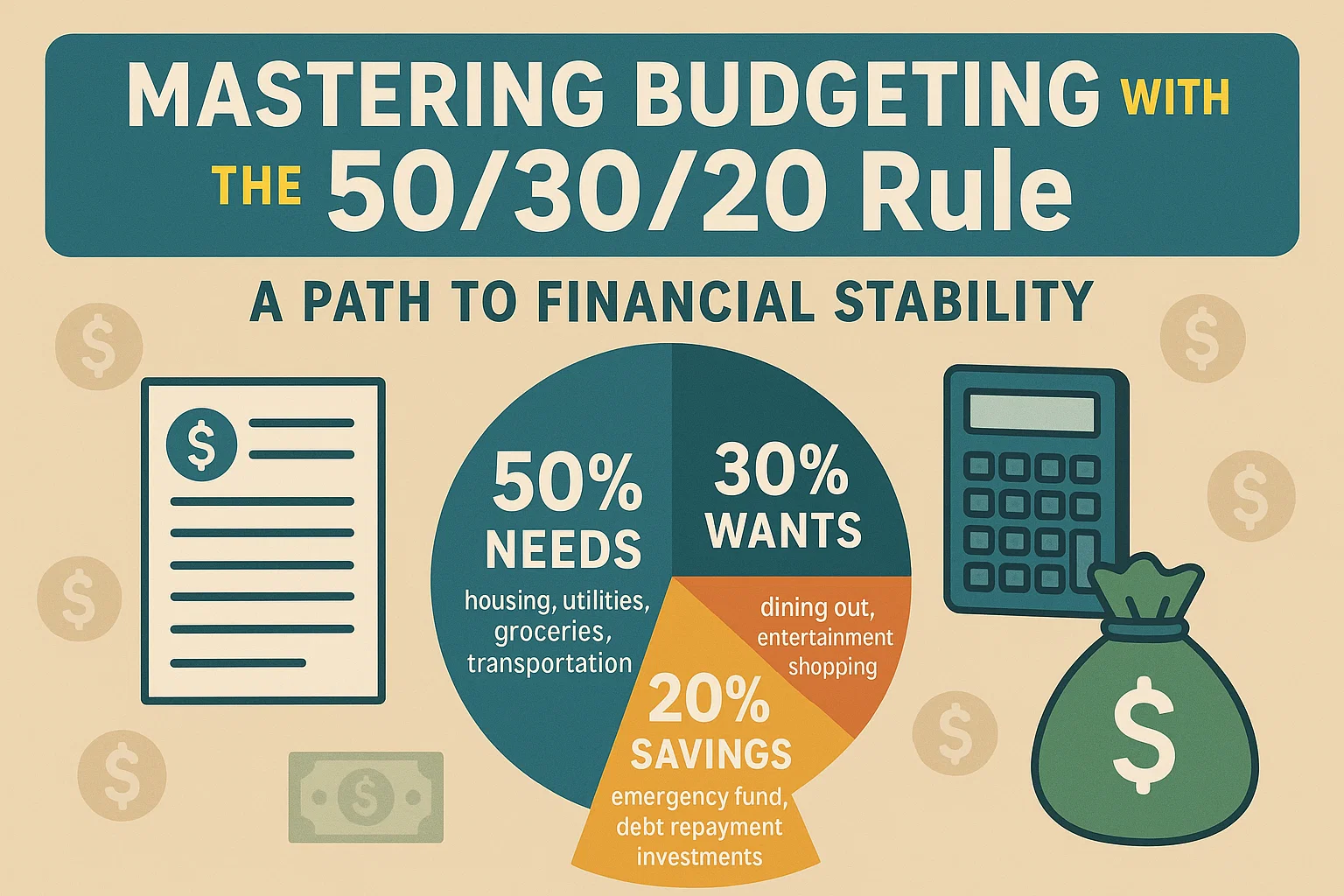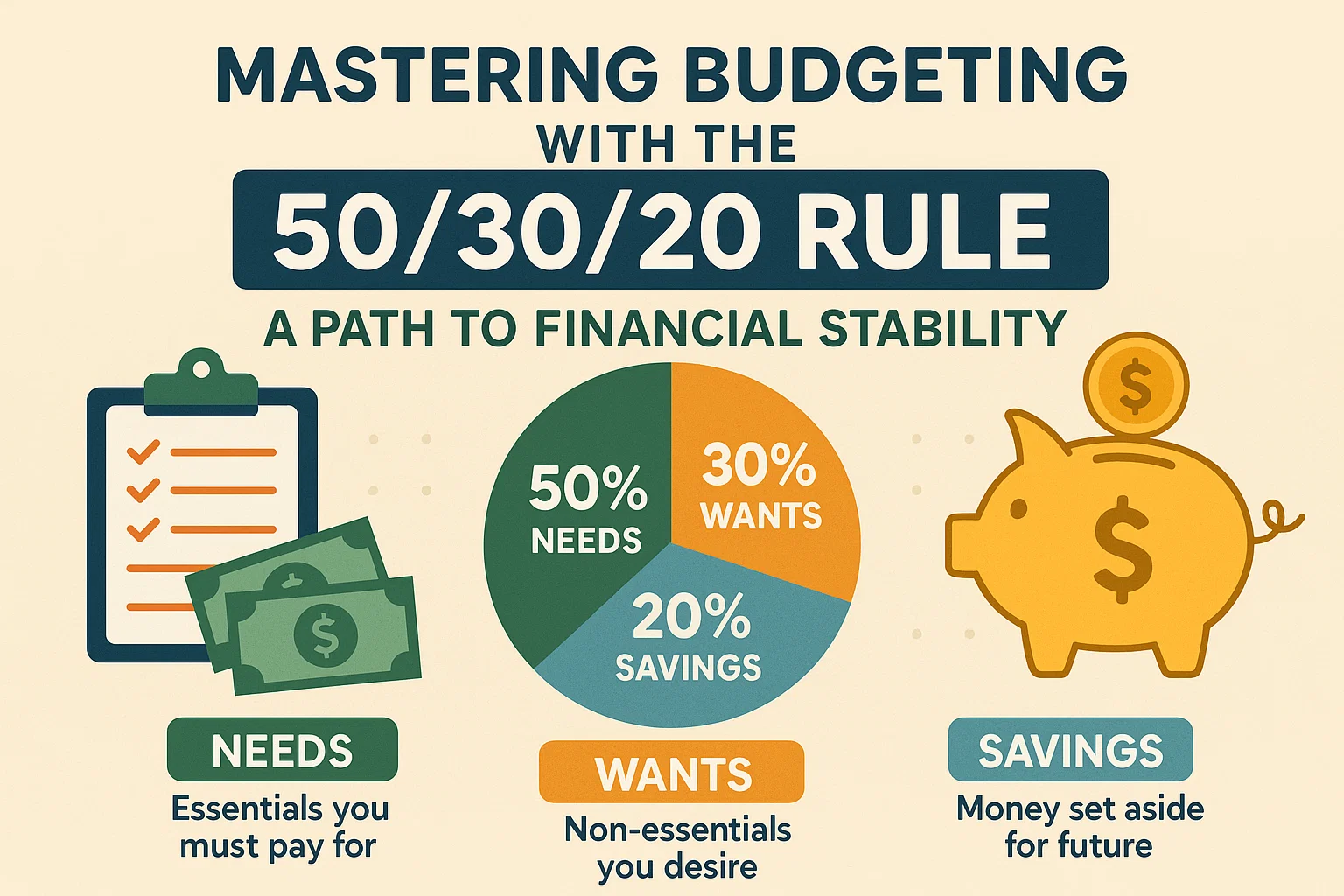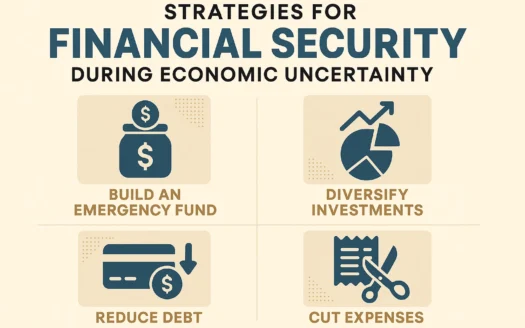Mastering Budgeting with the 50/30/20 Rule: A Path to Financial Stability

The 50/30/20 Rule: A Simple Blueprint for Financial Balance
Purchasing a home is a significant milestone, but it often demands careful financial planning. For those new to managing personal finances, creating a sustainable budget can feel overwhelming. Enter the 50/30/20 rule—a straightforward yet flexible strategy to align spending with savings goals without sacrificing life’s little joys.
What Is the 50/30/20 Rule?
This rule divides your after-tax income into three categories:
- 50% Essentials: Cover unavoidable expenses like housing, utilities, groceries, transportation, and minimum debt payments.
- 30% Personal Spending: Fund non-essential wants, such as dining out, entertainment, or hobbies.
- 20% Savings: Prioritize future goals, including emergency funds, retirement accounts, debt repayment beyond minimums, and investments.
Why Does This Budget Work?
The 50/30/20 framework strikes a balance between structure and adaptability. Unlike rigid budgets, it allows room for personal choices while ensuring progress toward financial security. Beginners appreciate its simplicity: no complex calculations, just clear percentages to guide decisions.
How to Get Started
- Calculate Your Income: Determine your monthly take-home pay after taxes.
- Categorize Expenses: Track spending for 1-2 months to identify patterns.
- Adjust Proportions: Shift spending to fit the 50/30/20 ratios—trim non-essentials if needed.
Keys to Success
While the rule is beginner-friendly, consistency is crucial. Regularly review your budget, especially after major life changes. Remember, the 20% savings category is non-negotiable—it’s your safety net and growth engine rolled into one.
Final Thoughts
The 50/30/20 method isn’t just about restriction; it’s about empowerment. By dividing income into purposeful buckets, you gain control over today’s needs and tomorrow’s aspirations. Whether you’re saving for a home, paying off debt, or building wealth, this rule offers a resilient foundation for lasting financial health.




